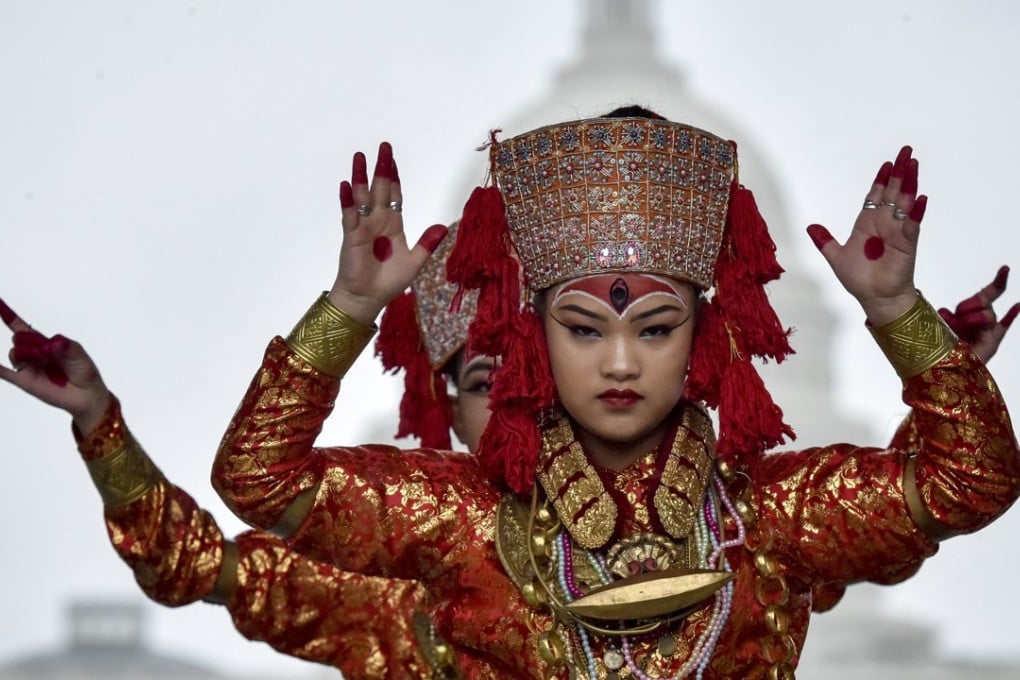The term ‘Asian American’ was intended to create a collective identity. But what does it mean in 2018?
Conceived in 1968 to encourage self-definition, today Asian Americans are more likely to identify primarily with their specific ethnicity

Rain pools in the seats of folding chairs arranged haphazardly near an outdoor stage. Parents, huddling under umbrellas, have pushed the chairs aside, determined to capture photographs of their children performing a traditional Filipino dance against the backdrop of the United States Capitol, in Washington. An announcer thanks the families for spending their Saturday afternoon this way, despite the inclement weather.
“Anyway, for Asians, this is a blessing,” she says of the rain.
The profile of the Asian population in the US
Such sweeping statements are true to the nature of Fiesta Asia, an annual festival held in Washington that aims to broadly celebrate Asian heritage in the US – essentially, commemorating the “Asian American” experience.
That term – Asian American – encompasses dozens of distinct ethnic identities, which, in our label-obsessed era, has splintered the community’s attitudes toward it. Some appreciate being lumped into the collective, while others question its utility.
Uncertainty remains: what does it actually mean to identify as Asian-American in 2018?
Melissa dela Cuesta stands under one of the many tents at Fiesta Asia, wearing a purple dress with puffy sleeves. She has a sash across her torso denoting her second runner-up place in a Miss Teen Philippines pageant and looks surprised when asked how she would identify herself. Isn’t the answer obvious?